|
How many drops of water make a full glass? Water is an integral component of human life and we need it for life, health, and survival. Over 884 million people worldwide don't have access to clean and safe drinking water, and 2.6 billion people worldwide practice improper sanitation. Adequate water consumption without wastage is critical for people worldwide because the lack of sufficient water during emergencies can take a massive toll on their lives and reduce their chances of survival. That's why supplying appropriate potable and non-potable water is of utmost importance. People consuming contaminated water are more prone to experiencing acute and chronic health conditions, especially after an emergency. A Water, Sanitation, and Hygiene (WASH) response is therefore crucial during emergencies to reduce the risk of mortality and morbidity. An accurate response protects people, increases their survival chances, and improves their life quality. We know that water is important. Now the question is: How much water is needed? Today's article will answer this question by giving you essential details. Read on! Even this still may not be enough water for their family today Non-Emergency Guidelines According to the World Health Organization (WHO) and the United Nations (UN), it is essential to focus on a continuous water supply for everyone during non-emergency situations. The purpose is to supply enough water for personal and domestic uses. These include drinking, washing, sanitation, cooking, hygiene, and household cleaning. The WHO reports that a person needs 50 to 100 liters of water daily to meet their personal needs and maintain optimal health. For instance, drinking water must not contain microbes, such as bacteria and viruses. Likewise, it must not have radiological hazards and chemical substances that increase the risk of health complications. Potable Water Potable water is safe for consumption and is mostly used for hydration, but it can also be used for washing, cooking, and hygiene purposes. Hydration According to the WHO and UNHCR, everyone must maintain an adequate hydration during non-emergencies and emergencies. The minimum quantity of water to maintain hydration has remained elusive for years because it depends on various factors, such as food consumption, traditions, societal norms, activity levels, and climate conditions. Therefore the WHO recommends that organizations develop context and evidence-based informed policies to ensure professional practices. For example, the minimum amount of water needed for hydration, including drinking and food, is 3.2 liters per day for adults in regions with temperate weather conditions. Drinking clean water is especially important for children
According to USDA, an average of 7 liters of water is needed for cooking food and 4.2 liters for tea and coffee preparation. Your neighbour might need 0.35 liters of water per day to cook 170 grams of rice, but not everyone cooks their rice the same way! Hygiene Water is essential to maintaining our personal and domestic hygiene and health. We use water for our laundry, for handwashing, and bathing. There is a need for more research to measure or calculate the minimum, average, and maximum quantities of water required for personal hygiene. However, the existing evidence suggests that a person needs 20 liters of water per day to meet their basic hygiene needs, including handwashing and face washing. Don’t forget to apply the soap!
They must not use them for drinking and cooking because they contain microbes, including bacteria and viruses, which can deteriorate their health. How much non-potable water is needed depends very much on an individual or household’s lifestyle. Emergency Guidelines The importance of water increases during emergencies because it is a matter of life and death. These guidelines are important for humanitarian agencies and governments that provide relief assistance. Adhering to these guidelines help victims survive after they’ve been temporarily displaced due to a flood, earthquake or other natural disaster or emergency. The water situation gets worse in a disaster According to the UN, a person needs 15 liters of water daily during an emergency. So this includes 2.5-3 liters for drinking, 2-6 liters for hygiene, and 3-6 liters for cooking. Remember, water quantity for hygiene and cooking depends on cultural norms, societal values, and traditions.
Simplified planning considerations For governments and humanitarian organizations, planning a water intervention based on needs can be simplified by just considering the number of users per well or handpump. This is a critical indicator to consider during an emergency or disaster situation. According to the UN, no more than 250 people should be using a tap, and no more than 500 people should be using a hand pump. Since time is of the essence in an emergency, the flow rate of the water supply has to be taken into account as well. A minimum of 1.8L/h per person has to be generated by any water supply for a successful relief operation. The SPHERE standards recommend that the maximum distance from a water point should be 500m and the maximum waiting time to collect water is 15 minutes. High demand and short supply means long waiting times for the vulnerable On top of the daily individual survival requirements, there are also various community centres such as schools, clinics, and public toilets which require water during an emergency to sustain their essential operations. We’ve listed them out in the table below.
Water for Non-Domestic Use During Emergency Source: World Health Organization (WHO) Post-Emergency Guidelines for Refugee camps There are certain scenarios when emergency recovery becomes long-drawn, and turns into a refugee crisis. The refugees may not be experiencing an emergency, but they are a vulnerable group with reduced access to a sustainable supply of water. Life doesn’t get much easier even after the immediate emergency The minimum water allocation in post-emergency is 20 liters per person daily. The post-emergency standard by UNHCR is only for personal and domestic needs. However, organizations can consider more water for livestock and agricultural activities. In addition to the daily supply, schools, hospitals, clinics, therapeutic feeding programs also need water for food preparation and basic hygiene.
Water quantity calculations for a post-emergency scenario can be simplified with these guidelines as well:
Are you able to meet the minimum water quantity requirements? It cannot be stated enough that water is essential for daily life, whether in an emergency or non-emergency scenario. The water needs of each individual varies, and the requirements also vary according to the situation, but we know that safe drinking water is always important. While we’ve written about the water quantity requirements in this blog, there is also a great need to understand water quality, which we’ve also written about here. The biggest challenge that most people and organizations face is in meeting the drinking water quality AND quantity requirement, especially in an emergency. And that is why we set up Wateroam, to provide honest water solutions for a better world. If you need any help in planning a water intervention for an emergency, a refugee crisis, or a long-term sustainable development project, we are here for you! Regardless of the scale of your project or budget requirements, we have something for you. To learn more, contact us or book a free consultation, especially if you are a humanitarian or missions agency. Blog Author: Jaron Lim
11 Comments
|
Want more?Click below to see what other blog topics might peak your interest



Water Facts
|
- About Us
- Products
- Solutions
- Resources
- Get Involved
-
Blog
- The Global Water Situation
-
Facts about Water
>
- Water supplies for crisis
- WaSH During Emergencies
- Well Water Cleaning and Filtration Guide: Southeast Asia
- Gravity-fed Water Systems: Water Purification and Filtration setups in Southeast Asia
- A Guide to Rural Rainwater Harvesting and Filtering
- Water Shortages and Their Effect on Children in Rural Schools
- WaSH Planning and Design Framework Resources for Indonesia and the Philippines
- Rural Community Water Supply: Water Systems in Villages
- Info on our Products
- Impact Stories
- Upcoming & Past Events
- Contact
- Store
- About Us
- Products
- Solutions
- Resources
- Get Involved
-
Blog
- The Global Water Situation
-
Facts about Water
>
- Water supplies for crisis
- WaSH During Emergencies
- Well Water Cleaning and Filtration Guide: Southeast Asia
- Gravity-fed Water Systems: Water Purification and Filtration setups in Southeast Asia
- A Guide to Rural Rainwater Harvesting and Filtering
- Water Shortages and Their Effect on Children in Rural Schools
- WaSH Planning and Design Framework Resources for Indonesia and the Philippines
- Rural Community Water Supply: Water Systems in Villages
- Info on our Products
- Impact Stories
- Upcoming & Past Events
- Contact
- Store


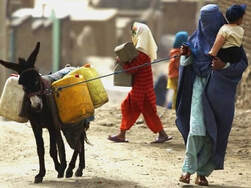

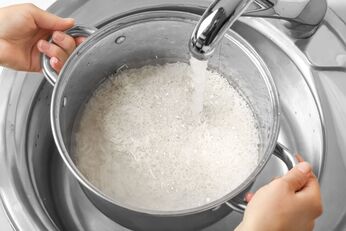


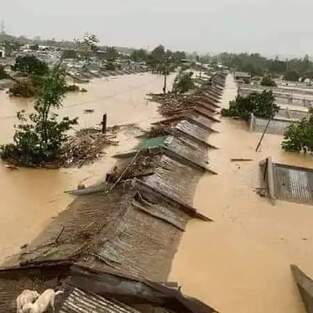
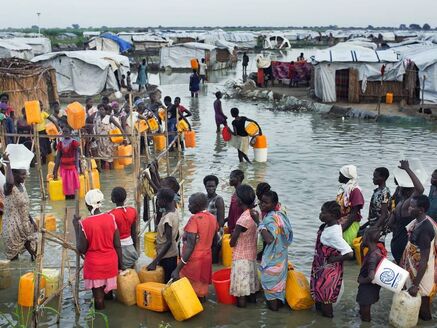
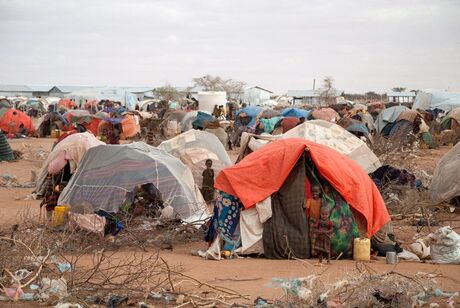
.jpg)